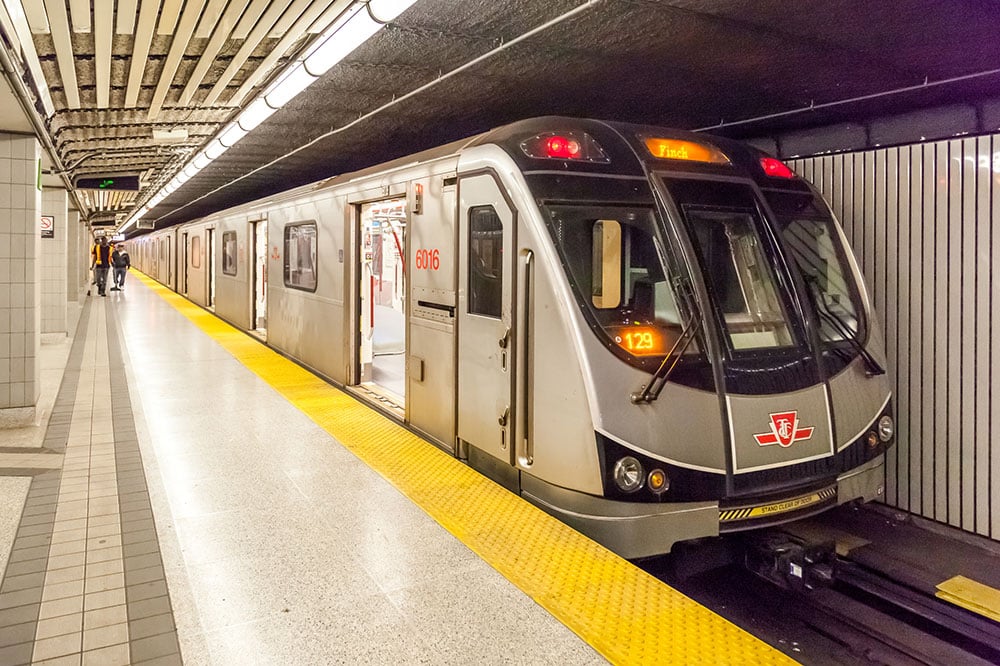Union says TTC ‘not prioritizing employee health and safety’

A labour union president lashed out against the Toronto Transit Commission (TTC) for “not prioritizing the health and safety” of its subway workers after a recent report highlighting the elevated levels of pollutants in the city’s train system.
The report — which was sent to the Toronto Public Health department on Monday — found that though using the subway benefits the overall health of all Toronto residents, the levels of fine particulate matter air pollution in Toronto's subway system warrant mitigation.
“Air quality data collected in the Toronto subway system shows that, as is the case for other similar subway systems, levels of fine particulate matter air pollution (PM2.5) are elevated and contain high levels of some metals,” said the report. “The Human Health Risk Assessment, which considered subway PM2.5 overall and individual metal components, concluded that levels of subway PM2.5 warrant mitigation, particularly on Line 2.”
Following the report, the Amalgamated Transit Union (ATU) Local 113 – which represents 11,500 transit maintenance and operations workers in Toronto – said that their concerns about air quality contamination in the subway are legitimate. They have been demanding TTC to clean the air in the subway system since a 2017 Health Canada study revealed that Toronto’s subway stations and trains had the highest levels of air pollution of Canada’s three major rapid transit system, the union said.
The union also said that Toronto Public Health confirmed that the report does not address exposures to people working in subway areas.
“The fact that the Toronto Public Health department is recommending short, as well as mid and long-term mitigation measures indicates there are obvious risks,” said Carlos Santos, ATU Local 113 president.
“If the conditions in the subway require many kinds of mitigation for passengers, any reasonable person has to be deeply concerned about what this means for anyone who works there for their living,” Santos said. “It is extremely disturbing that Toronto Public Health wasn’t directed to look at this issue, knowing that the risks are obviously far greater for employees.”
Given the report, the medical officer of health recommended for the city council to request the TTC board identify funding requirements through future budget processes to develop and implement further PM2.5 mitigation measures. The officer also recommended the Board of Health continue researching air quality in the subway and for other think tanks to support research into the potential health impacts of exposure to subway particulate matter.
Toronto Public Health has further indicated the report does not apply to anyone who may have an existing medical condition, instead recommending they speak to a health-care professional, according to the union.
“When the city’s own health department recommends that passengers seek independent medical advice before using our city’s transit system, there is a major problem that needs to be addressed immediately,” said Santos.
In December, a retired worker with the Toronto Transit Commission launched a court case against the agency, alleging it violated the province's Environmental Protection Act by allowing harmful contaminants into the city's subway system.





